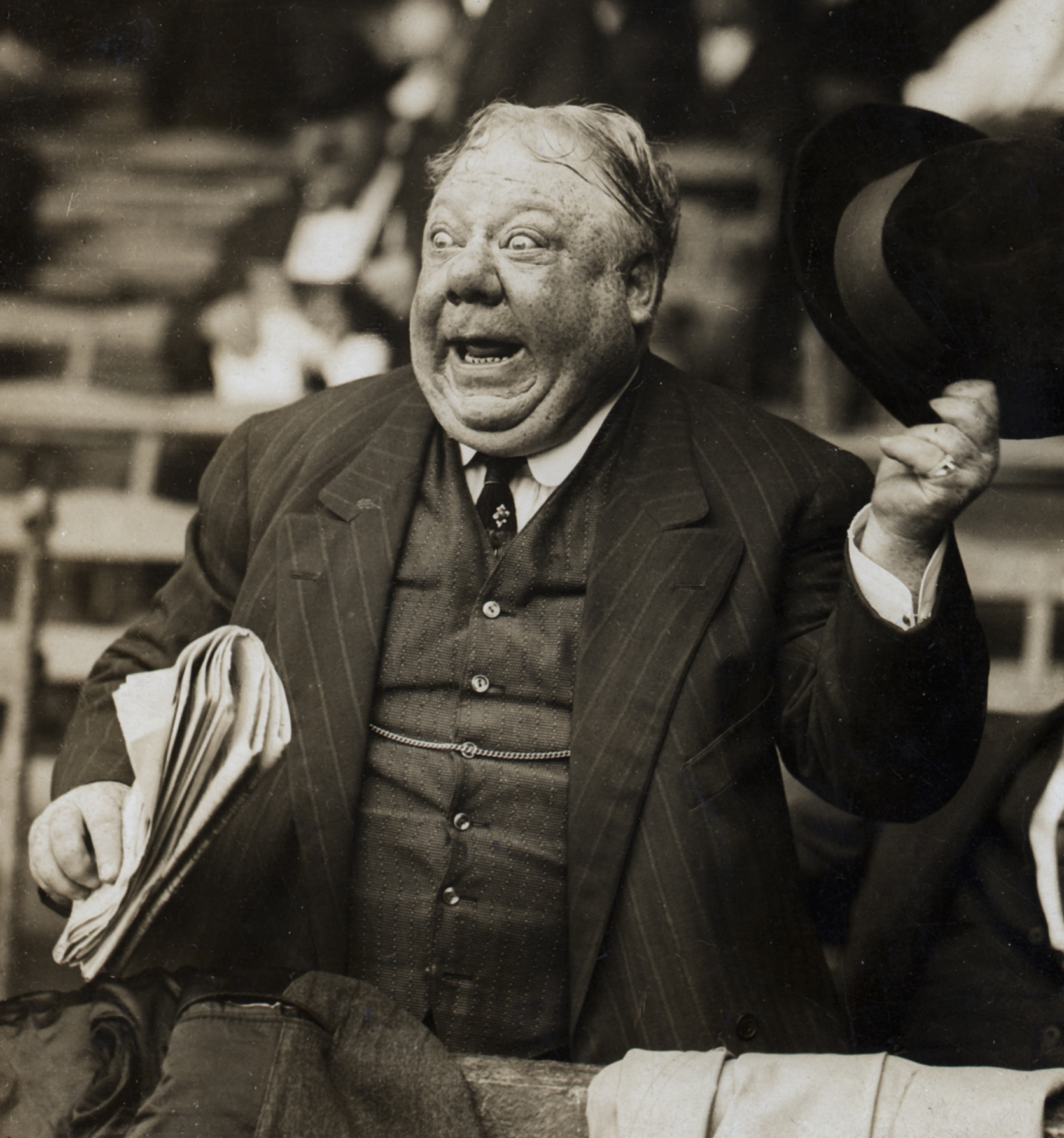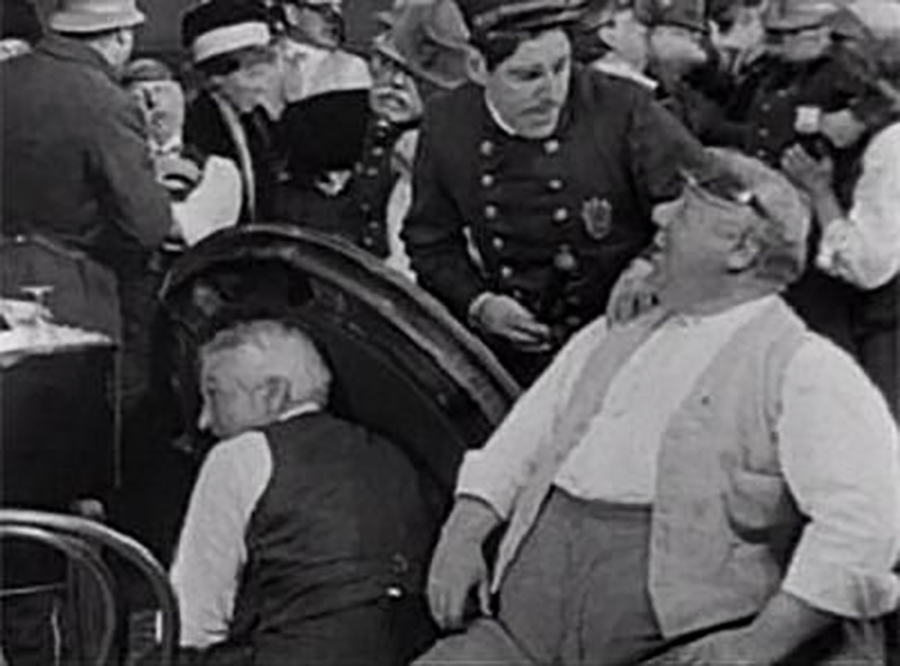
- Industry
Forgotten Hollywood: John Bunny, Pantomime Master, Movie Pioneer
John Bunny (1863-1915) was one of the founding figures of cinema history. Although he is lesser known now – his popularity evaporated as his career ended with the onset of the manic comedies of Charlie Chaplin, Buster Keaton, and others – he was once billed as the most famous person in the world and made more money than the President of the United States. All this in a film career that lasted only four years. But in those years, he appeared in more than 200 films.
Bunny was ninth in a family line of sea captains and would be the first to leave his family’s profession. He discovered entertainment with minstrel shows in 1883 and subsequently worked as a manager for various stage companies. Adventurous by nature, he was drawn to the still budding motion picture business and took a pay cut from $150 a week to $40 a week in order to begin his cinematic career.
Bunny signed with New York-based studio Vitagraph in 1910: the first Hollywood studio was founded the next year in 1911. He knew that films were the future of entertainment and took the risk of moving his career from theater to films.
His first film was Dr. Cupid, in 1911, and he quickly went on to become Hollywood’s original “funny fat guy” even before the Hollywood film industry was in place. Bunny’s acting style was in the polite late Victorian tradition, and his endless variety of facial expressions earned him the title of the Master of Modern pantomime. As Francis Agnew recorded, “Bunny was jolly, boisterous, and broad in his acting, and because of his style, he connected strongly with the early nickelodeon audiences.” All this paid off for him to become the best-known face in the world.
He is best remembered for his collaborations with his fellow cinema pioneer, Flora Finch. The two acted together in more than 160 short films, the most prominent being The New Stenographer, 1910, The Subduing of Mrs. Nag, 1911, and A Cure for Pokeritis, 1912. Bunny and Finch’s films were known as “Bunnyfinches” and were pivotal in the comic tradition of today’s cinema, as they laid the foundation for the comedy of a couple dealing with their issues, not with physical slapstick but with personal interplay. As film author Daniel Eagen said, “Bunny and Finch were probably the most accomplished early film comedians in the United States.”

Bunny and Finch grew immensely popular, and it’s easy to see why they hit it off with the audiences. In many ways, they were similar to Laurel and Hardy: Bunny was short and fat, Finch was tall and thin, Bunny was boisterous and jovial, while Finch portrayed a strict and impatient character. Off the screen, they were not friends: in fact, it was noted that “They cordially hated each other”. Bunny was a difficult man with coworkers: self-obsessed, he only thought of himself. Could it be that this was the result of his stardom?
John Bunny was the first entertainer of whom diva-like behavior was recorded: he was the first person who insured his face for $100,000. Meanwhile, because of the sensation he had become, he was the first movie celebrity to have a doll made in his likeness. These rare dolls are now highly collectible film memorabilia.
Bunny was married to Clara Scallen and had two sons, John and George. He was 52 years old when he died, and was known in every corner of the world where films were seen. He was so popular internationally that after he died, the Russians created an impersonator named “Poxon” to carry on his legacy. Bunny himself had said, “I have chosen a better thing. I shall live longer than (fellow theater actors) Irving and Booth. Not because I deserve to, but because there is a record of me that they did not leave; the public can have me always the same, as long as the pictures are preserved.”
The Bunny Theatre in New York City was named after him. It was subsequently renamed the Nova but still has two big bunny faces on its façade, bearing a mute testament to the transitory nature of silent film stardom.